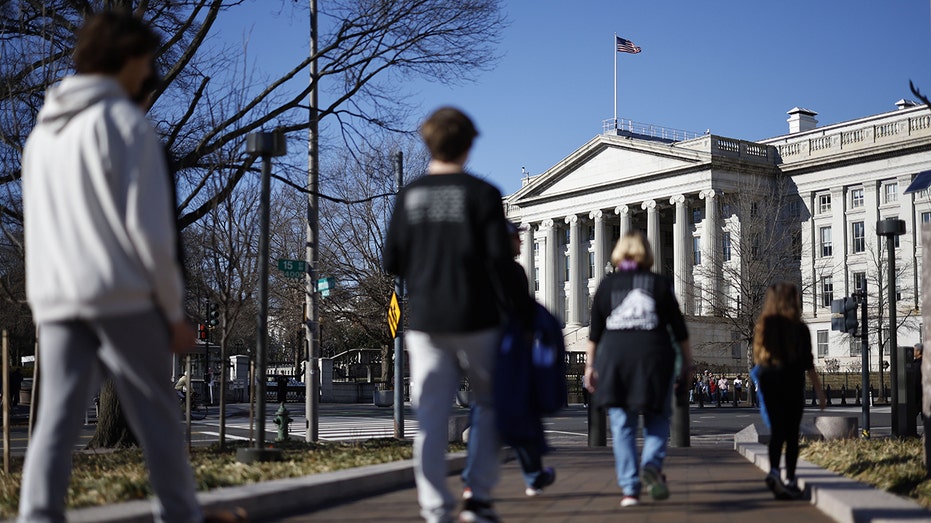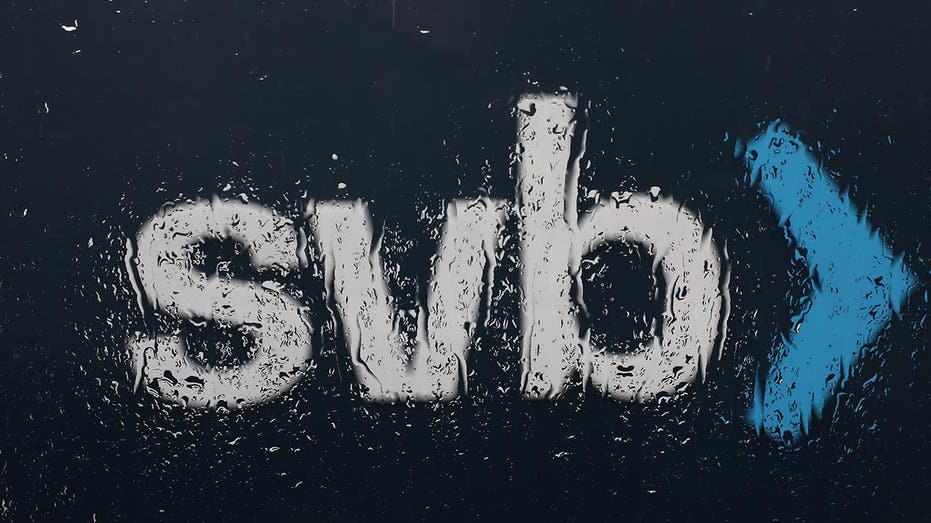Banks borrow record-breaking $160B from Fed crisis lending programs
Fed's emergency bank lending hits new record amid market turmoil
Fed stepping in to fend off banking crisis 'delays the inevitable': Octavio Marenzi
Opimas LLC CEO Octavio Marenzi discusses whether the banking crisis has been contained after Silicon Valley Bank and Credit Suisse received financial support on 'Vaney & Co.'
Banks rushed to take advantage of the Federal Reserve's emergency lending program this week, borrowing the most since 2008 amid widespread panic about the financial sector.
The latest data published by the Fed shows that banks borrowed $11.9 billion from the new emergency backstop known as the Bank Term Funding Program, which was rolled out on Sunday evening. The program will provide loans to banks, credit unions and other financial institutions for up to a year on highly favorable terms in exchange for collateral like Treasurys and other government-backed bonds.
Another $152.8 billion was borrowed from the discount window – the more-traditional lending facility that is used to provide liquidity to the U.S. banking system. That is up from $4.58 billion the previous week and smashes the record of $111 billion hit during the 2008 financial crisis. The discount window provides loans of up to just 90 days.
ONE YEAR INTO ITS INFLATION FIGHT, THE FED FACES MURKY FUTURE

Pedestrians near the US Treasury building in Washington, DC, US, on Friday, Dec. 30, 2022. (Photographer: Ting Shen/Bloomberg via Getty Images / Getty Images)
The Fed did not identify which banks received the roughly $164.8 billion in funding, nor did it specify how many requested it.
The emergency lending from the Fed comes after the stunning collapse of Silicon Valley Bank last week. It marked the largest U.S. bank failure since the global financial crisis in 2008.
SVB, which largely catered to tech companies, venture capital firms and high-net-worth individuals, saw a huge boom in deposits during the pandemic, with its assets surging from $56 billion in June 2018 to $212 billion in March 2023.
SILICON VALLEY BANK RECKLESS WITH RISK, ESG PUSH: STATE FINANCIAL OFFICERS
The bank responded by investing a large chunk of that cash into long-term U.S. Treasury bonds and other mortgage-backed securities. However, that strategy backfired when the Fed began steadily hiking interest rates and the value of those holdings decreased.

The Silicon Valley Bank (SVB) logo is seen through a rain covered window in front of the SVB headquarters on March 10, 2023 in Santa Clara, California. (Justin Sullivan/Getty Images / Getty Images)
That coincided with a decline in available funding for startups, which started drawing down more of their money to cover their expenses, forcing the lender to sell part of its bond holds at a steep $1.8 billion loss. When depositors realized that SVB was in a precarious financial situation, a bank run ensued.
The lending programs announced this week will allow banks to borrow against those bonds should customers wish to make withdrawals, rather than sell them at a loss.
CLICK HERE TO GET THE FOX BUSINESS APP
The Fed also revealed in its data release that it lent $143 billion to support the deposit guarantees at SVB and another bank that collapsed, Signature Bank.





















